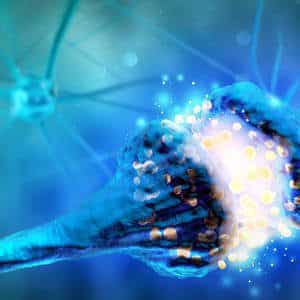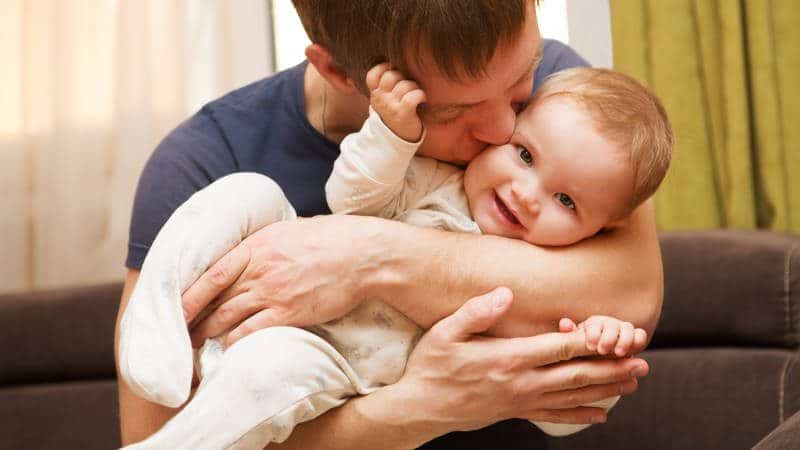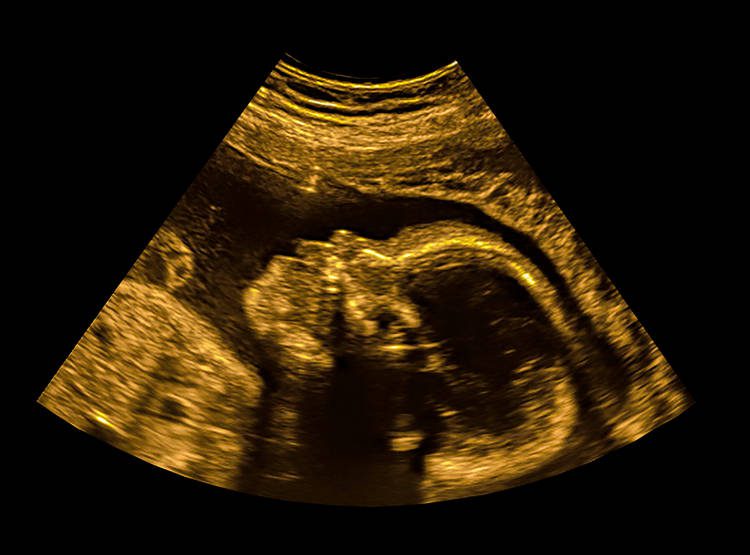The central nervous system (which is composed of the brain and the spinal cord) matures in a sequence from "tail" to head. Learn more about fetal brain development and its activity.

By the fifth week after conception, the first synapses begin forming in the spinal cord, marking the earliest signs of fetal brain activity. Just a week later, these connections enable the first fetal movements, such as spontaneous arches and curls, which researchers can observe through ultrasound imaging.
As development progresses, more movements emerge: limb and finger movements around eight to ten weeks, followed by coordinated actions like hiccuping, stretching, yawning, sucking, swallowing, and thumb-sucking. By the end of the first trimester, a fetus’s movement repertoire is surprisingly rich, even though most pregnant women won’t feel these movements until around the 18th week of pregnancy.
Second Trimester: The Role of the Brainstem in Vital Reflexes
The second trimester introduces vital reflexes essential for life after birth. Continuous breathing movements, controlled by rhythmic contractions of the diaphragm and chest muscles, begin, along with coordinated sucking and swallowing reflexes.
These actions are governed by the brainstem, a critical structure located above the spinal cord and below the cerebral cortex. The brainstem is responsible for essential functions like heart rate, breathing, and blood pressure. By the end of the second trimester, fetal brain activity is sufficiently advanced for babies to survive outside the womb under the right conditions.
Third Trimester: Development of the Cerebral Cortex
The cerebral cortex, responsible for complex functions like conscious thought, memory, and voluntary action, is the last part of the brain to mature. Premature babies show basic electrical activity in the sensory and motor regions of the cerebral cortex, but it’s only in the final weeks of pregnancy that more sophisticated fetal brain activity emerges.
In the last trimester, fetuses demonstrate basic learning abilities, such as habituating to repeated sounds (e.g., a loud clap near the abdomen). They also begin recognizing sensory stimuli from the womb, such as familiar odors (like amniotic fluid) and sounds (including their mother’s voice or heartbeat).
Gradual Maturation of the Brain After Birth
Despite these advances in fetal brain activity, newborns still have an immature cerebral cortex at birth. The gradual development of this part of the brain explains much of a child’s emotional and cognitive growth in the first few years of life.
By understanding how a fetus’s brain develops and the importance of early experiences, caregivers can lay a strong foundation for a child’s lifelong growth and well-being.

Read More


